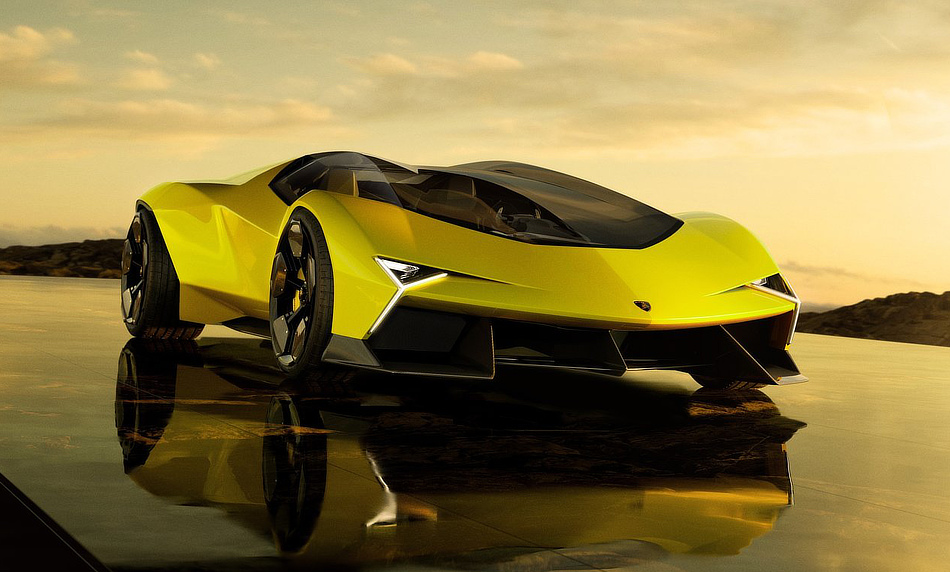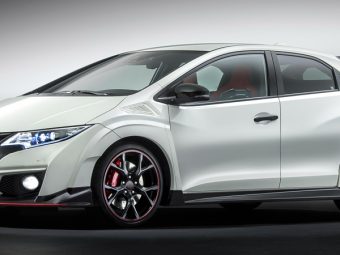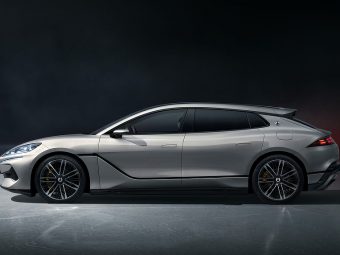Concept designs serve as corporate theatre. They are not created to advance the craft of engineering but to feed the insatiable machinery of publicity. Automakers like Lamborghini unveil these extravagant visions — such as the so-called Manifesto — not as a promise of innovation, but as an act of seduction. The spectacle is the product. The car itself is secondary.
The Manifesto will never reach production. Its exaggerated lines and impossible surfaces are not constrained by the physics of manufacturing. To bring such a form into existence would require vast investment in new tools, presses, and materials — the sort of retooling that no rational corporation beholden to quarterly profits would ever sanction.
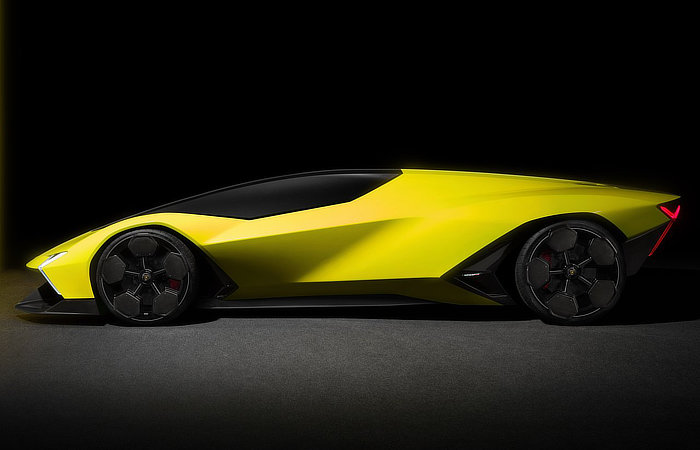
The detailing alone is beyond the capabilities of modern production technology; it would need to be shaped by hand, an art that time and corporate efficiency have long since banished from the assembly line.
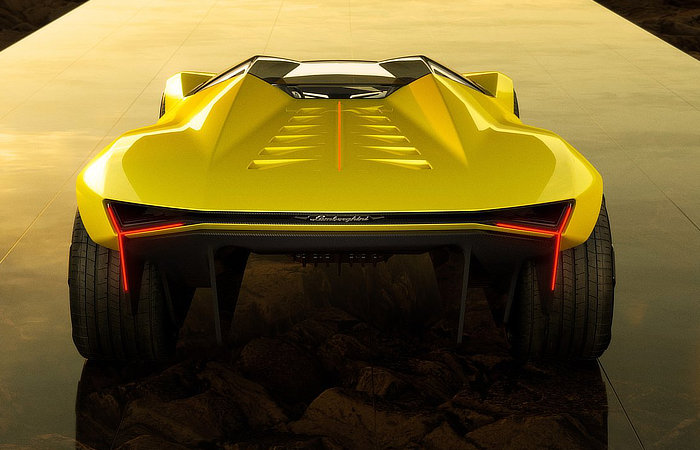
But even if it could be built, the Manifesto exposes the spiritual decay of modern design. It exists not to serve function, not even to celebrate mechanical beauty, but to glorify excess. Lamborghini once balanced madness with mastery — now it merely screams. The design language no longer whispers of power contained, but of power performed, flaunted, and commodified.
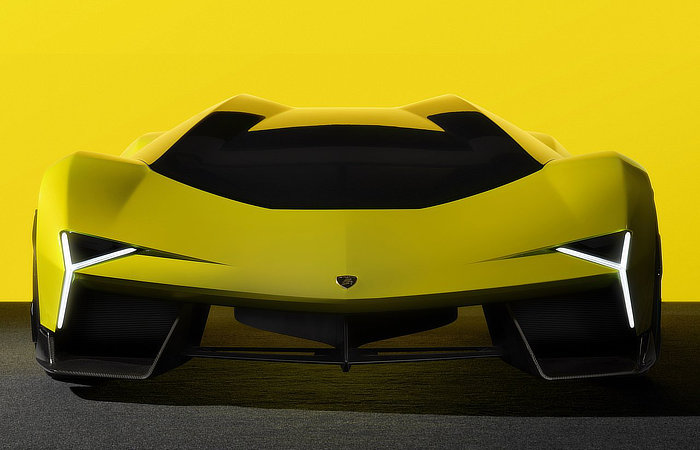
The Manifesto is not a car. It is a confession. It reveals Lamborghini’s transformation into the haute couture of the supercar world — a designer handbag with an engine. Lipstick, gloss, and fake eyelashes sculpted in carbon fibre.
It caters to those who do not wish to drive, but to be seen driving — the faithful parishioners of the church of spectacle, where image has devoured substance, and machinery has become just another accessory in the performance of vanity.
